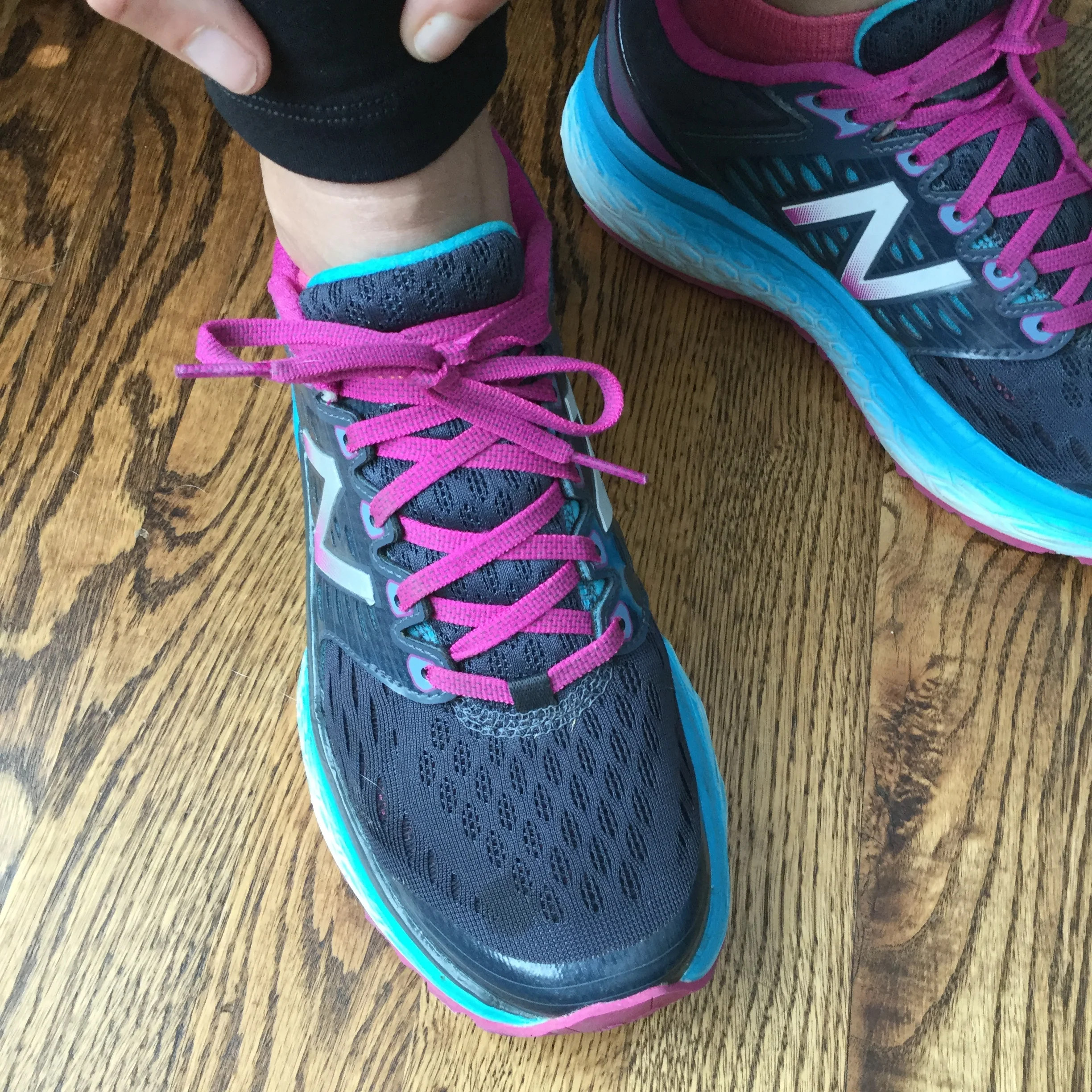Hi, friends. Welcome to the latest edition of Running A-Z. Each week I cover a new running related topic following the order of the alphabet. Have you been following along? You can catch up on letters A-J in the archives.
I could write a whole other blog post on things that you should never say to a runner: Did you win your marathon? (After you ran a 5k) What was your place? (It was 574th, thank you very much) Isn't running bad for your knees? (As a matter of fact, it's not).
It's not that running is bad for your knees, it is just that when you run (and only run) you can form muscle imbalances (have muscle tightness and weaknesses). This is where knee pain can occur, sometimes called runner's knee.
When you run you strengthen the hamstrings (back of the leg muscles) more than the quadriceps (front of thigh). Tight hamstrings and weak quads is an imbalance that can cause pressure on the knee. Knee pain can also be rooted in instability issues from lack of hip strength. The solution could be to work on strengthening your quadriceps and hips and stretching your hamstrings and calves.
It's important to note that if you already have knee pain, please see your doctor. Never run through pain. Pain is a signal from your body that something is wrong. Work with a professional to figure it out. It won't get better by ignoring it or reading blogs, you'll likely just end up with a full-blown injury.
I am going to talk about knee pain prevention, the actions you can take to avoid knee pain the first place.
Foam Rolling and Stretching
Foam rolling only takes a few minutes and can make an incredible improvement in muscle tightness and improved flexibility. Before you run take five minutes to go through a foam rolling routine, focusing on overactive or tight muscles. Foam rolling, also called self-myofascial release, is a technique that uses pressure to break up the knots within the muscle to help release tension and tightness. See my foam rolling for runners post for more detailed instructions.
Strengthening
Focus on hip and quad strengthening exercises. Even if you don't do any other strength training, these will go a long way in injury prevention. You don't need to spend hours in the gym, just 15 minutes a day three times a week. Check out my post on injury prevention for runners for some simple and effective hip strengthening exercises.
Resting
Sometimes pain is caused by overtraining and can be diminished or eliminated simply by resting. Be sure you are building in proper rest days into your training schedule. Too much too soon combined with not enough rest can lead to overuse injuries.
Active injury prevention
You should be proactive in injury prevention. Review my runner's injury prevention checklist to ensure that you are taking all the correct actions to avoid running injuries. I outline them in this blog post and you can download a PDF version to print.
Like this post? Please consider sharing.
I am a NASM personal trainer that specializes in strength training for runners. I offer in-person training sessions in Fort Worth in the Shredshed, as well as online training. If you are interested in a more in-depth strength training plan for runners, please contact me. Have questions? I'd love to help.
While I am a certified personal trainer, I am not your personal trainer. Since I don't know your exercise history, injury background or medical history, please see your doctor if you have pain or before beginning any new exercise program.












